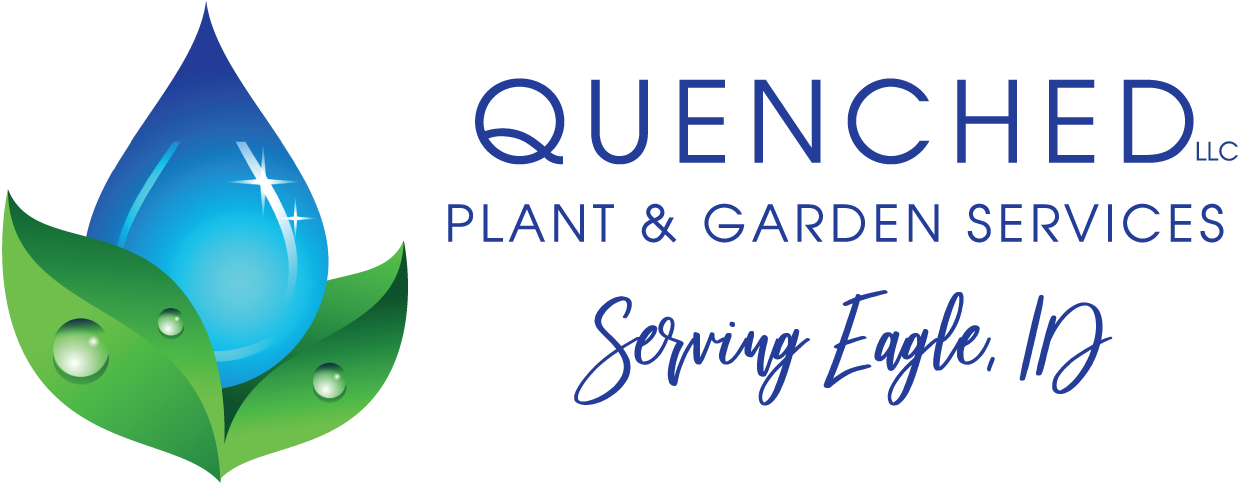We’d love to work with you on your next project!
Ready to Book a Consultation?
If you live in Eagle, Idaho and would like to book a consultation*, please book here and select the date/time that works best for your schedule.
*Please note that payment for all consultations is due at the time of booking.
Not ready for a consultation quite yet?
We would love to hear from you!
Please fill out the form below and include as much detail as you can about how we can help.
Contact Us
You can also contact us via call or text!
Phone: 208-510-6440
Frequently Asked Questions (FAQs)
Start here! Your question may already have an answer.
